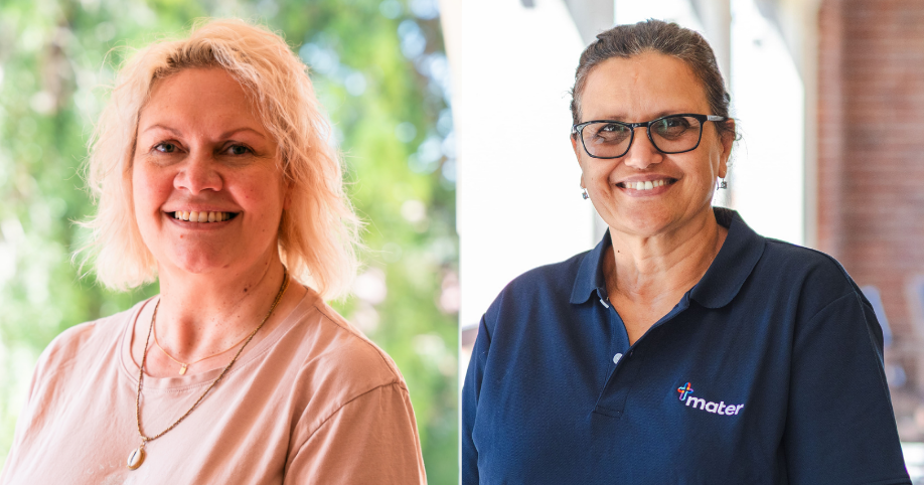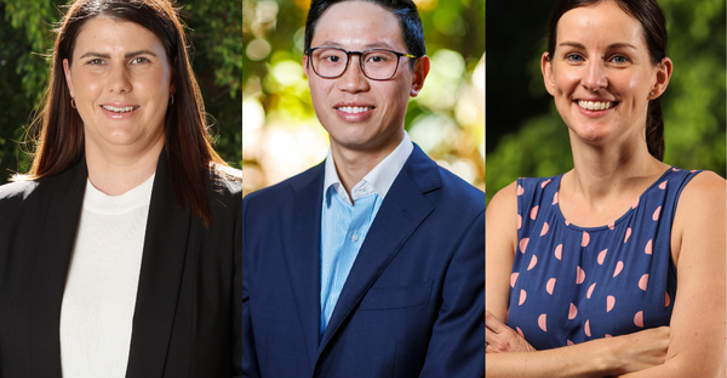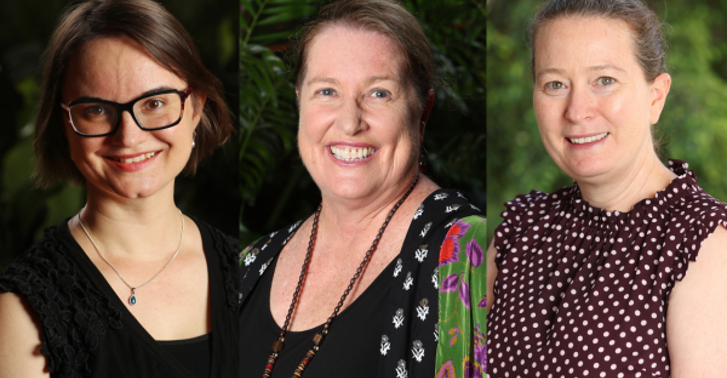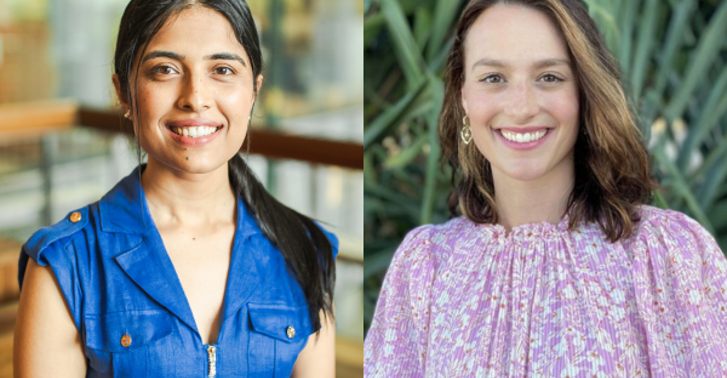
The Centre of Research Excellence in Stillbirth (Stillbirth CRE), based at Mater Research and The University of Queensland, has developed a culturally safe training program for healthcare professionals – the Healthy Yarning Guide (HYG).
Aboriginal and Torres Strait Islander women continue to experience stillbirth at significantly higher ratesthan non-Indigenous women. These losses are deeply felt across families and communities—and many are preventable. This year’s NAIDOC week theme is “The Next Generation: Strength, Vision & Legacy”, an opportunity to shine a light on the importance of culturally safe care to empower future generations.
HYG is a training package designed to support midwives, GPs and obstetricians to have respectful, culturally safe conversations with Aboriginal and Torres Strait Islander women about stillbirth prevention.
The training is available through face-to-face workshops or online modules. While it’s primarily aimed at non-Indigenous clinicians, it’s open to anyone working in maternity care. The training helps clinicians understand the disparity in stillbirth rates, recognise the historical and social factors affecting Indigenous health and deliver care that is culturally safe and respectful.
So far, workshops have been held in Gladstone, Brisbane and Adelaide, with a national webinardelivered in partnership with the Australian College of Midwives. The feedback has been overwhelmingly positive, with evaluation data showing that the training improves healthcare professionals’ confidenceand capability in providing culturally responsive care.
Stillbirth CRE Senior Advisor Indigenous Research Deanna Butler-Stuart said that stillbirth rates for Indigenous women are tragically high.
“They can be two or three times higher than for non-Indigenous women. Sorry Business Babies have a devastating and preventable impact on Indigenous families and communities,” Ms Butler-Stuart said.
“We are encouraged by the fantastic response and findings from the health professionals who have completed the Healthy Yarning Guide and we hope we can continue this work across the country tomake a real difference with communities.”
Content development and community consultation for the Healthy Yarning Guide was led by Indigenous Project Lead Valerie Ah Chee.
Ms Ah Chee said that the work is designed to see culturally safe pregnancy care embedded in maternity settings across Australia.
“We co-designed this guide with Indigenous communities, to blend clinical best practice with cultural knowledge. It’s a strengths-based approach that also addresses preterm birth and neonatal death,” Ms Ah Chee said.
“Our ultimate goal is to have the Healthy Yarning Guide as a core subject for midwives when they are studying, and is a great addition to the Stronger Bubba Born resources we launched last year.
“At each face-to-face workshop we ask attendees to complete a small artwork to reflect their intentionof completing the training. The response and commitment to provide culturally safe care has beenfantastic.”
The Healthy Yarning Guide was developed in partnership with Aboriginal and Torres Strait Islandercommunities, First Nations health professionals, and organisations including NACCHO, Waminda and Apunipima Cape York Health Council.
This work is a key part of the National Stillbirth Implementation and Action Plan, which highlights culturallysafe care as a priority. Australia is currently the only country with a nationally coordinated strategy toreduce stillbirth. The Healthy Yarning Guide eLearning module is available at: learn.stillbirthcre.org.au



